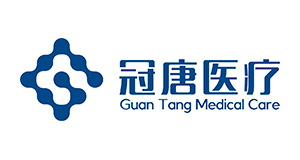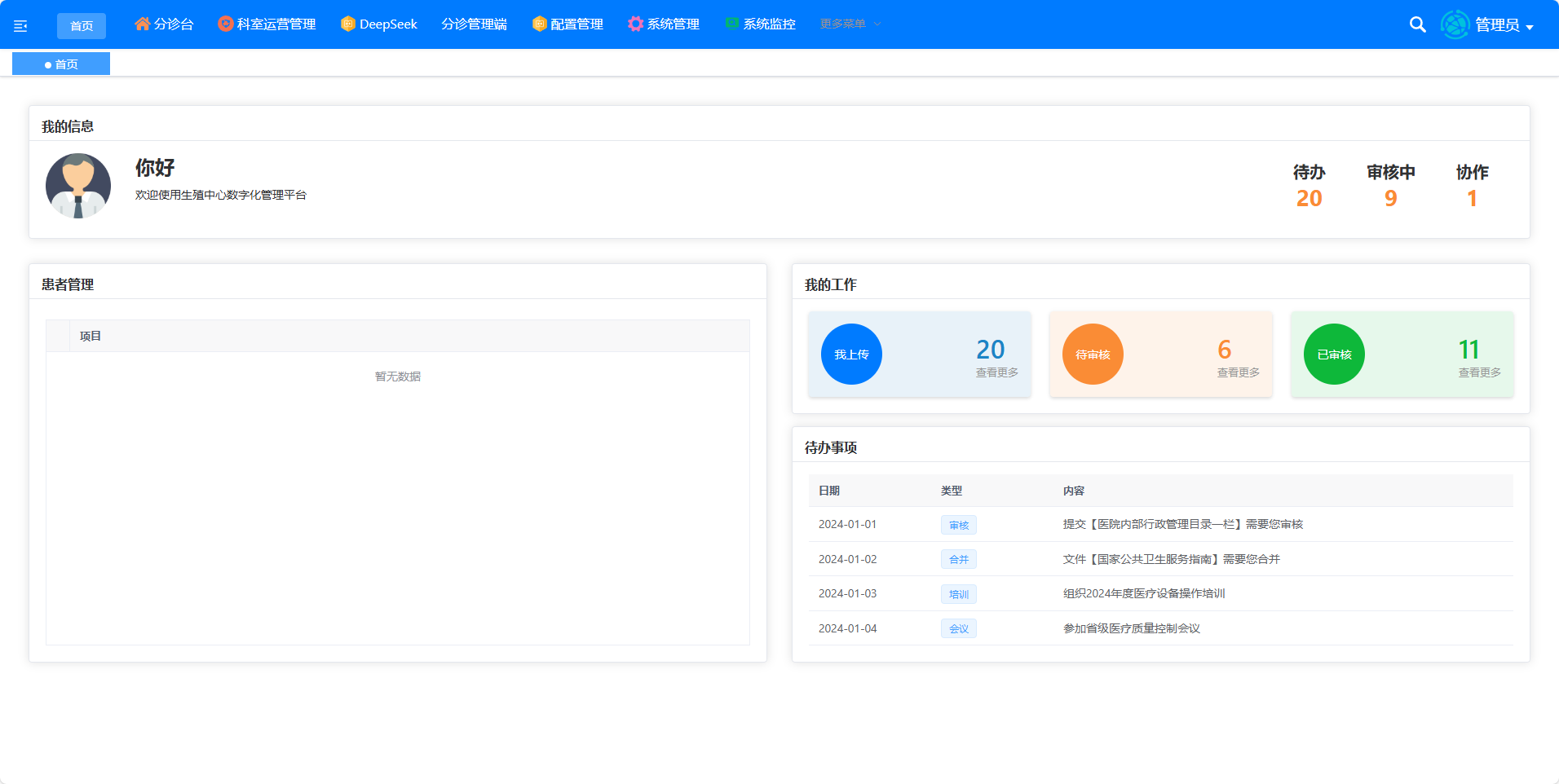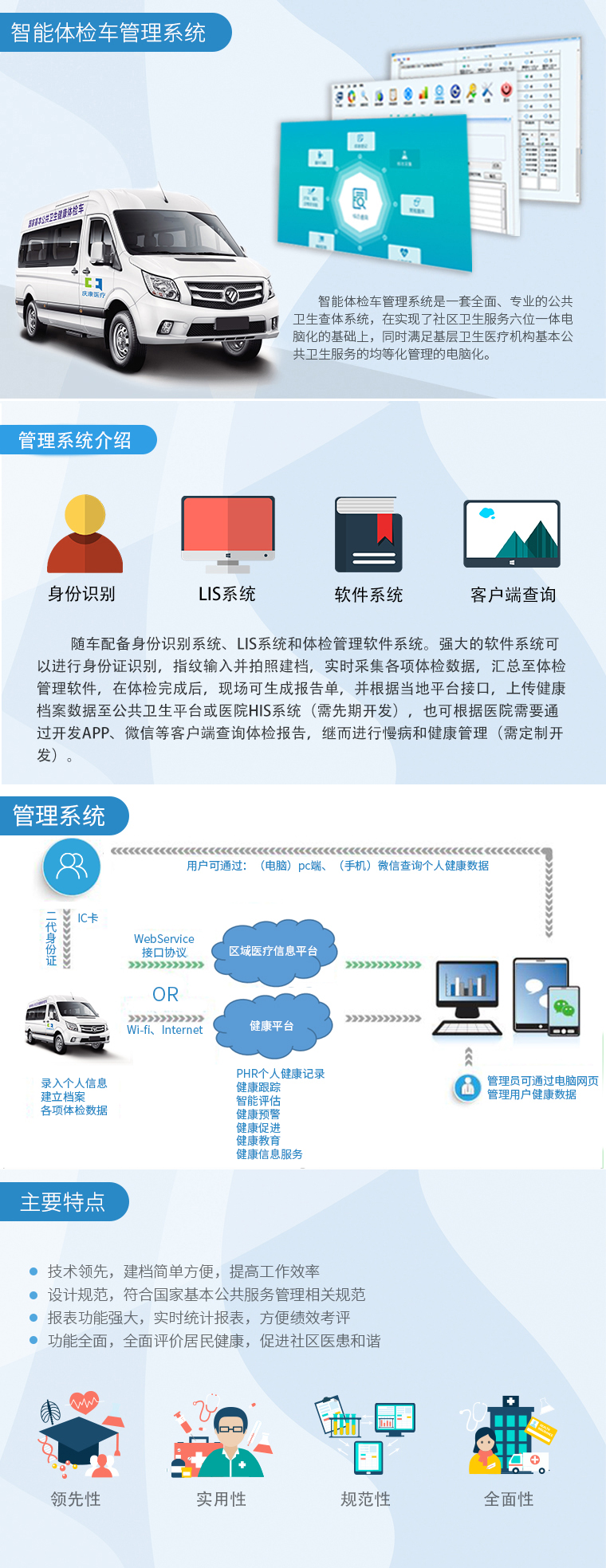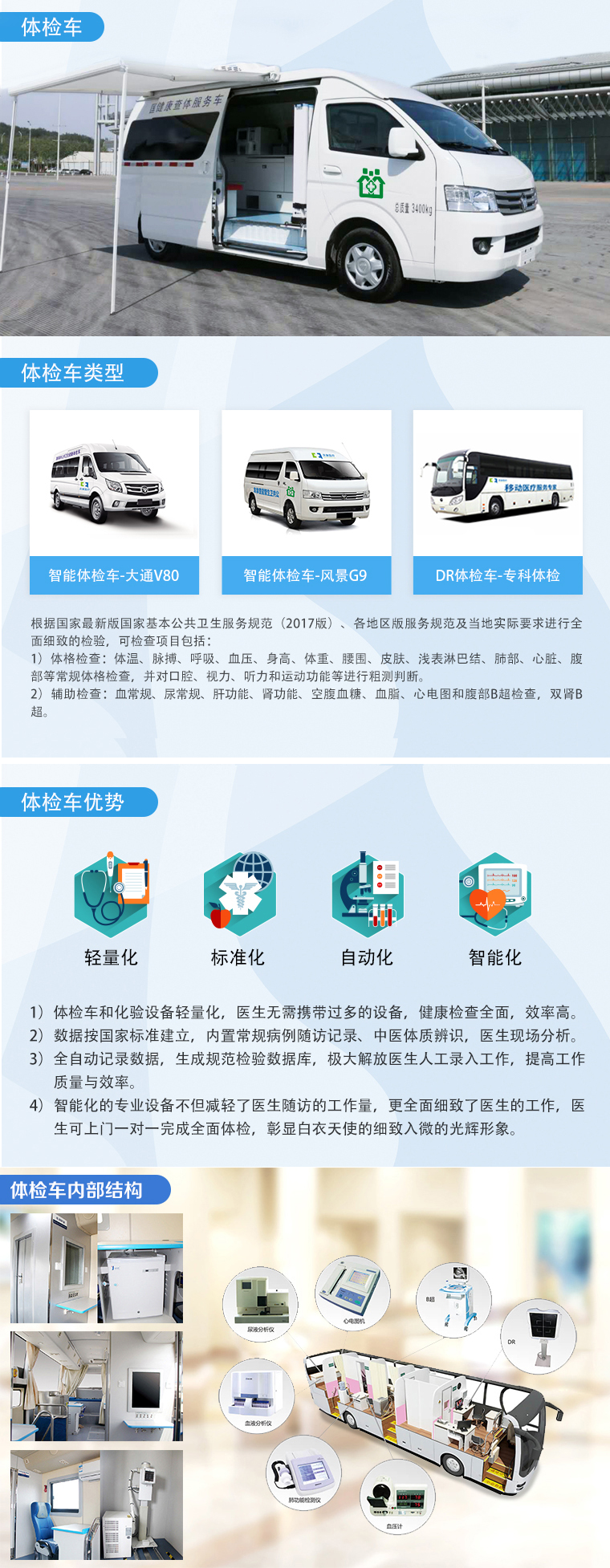实施案例
产品推荐
新闻推荐
慢病随访管理系统:织密慢性病防控的 “数字网络”
- 2025-07-04
- http://www.guantangyiliao.com/ 原创
- 130
在慢性病防控的持久战中,随访管理是提升患者依从性、控制病情发展的关键环节。慢病随访管理系统作为整合医疗资源、优化随访流程的数字化工具,通过精准的数据追踪、个性化的干预措施与高效的医患互动,为提升慢性病管理率开辟了新路径,其效果在实践中逐步显现。
In the protracted battle of chronic disease prevention and control, follow-up management is a key link in improving patient compliance and controlling disease progression. The chronic disease follow-up management system, as a digital tool for integrating medical resources and optimizing follow-up processes, has opened up new paths for improving chronic disease management rates through precise data tracking, personalized intervention measures, and efficient doctor-patient interaction. Its effectiveness has gradually emerged in practice.
系统的核心优势在于构建了 “数据驱动” 的管理闭环。传统随访依赖人工记录,易出现信息遗漏或滞后,而管理系统可实时归集患者的基础信息(如病史、用药记录)、检测数据(血压、血糖、血脂值)及生活习惯(饮食、运动、吸烟情况),形成动态电子健康档案。基层医疗机构通过系统设定随访计划,自动提醒医护人员对高血压、糖尿病等患者进行定期干预 —— 例如,对血压控制不稳的患者,系统会标记为 “重点管理对象”,触发每周一次的电话随访或家庭医生上门服务,确保干预措施精准到位。某社区卫生服务中心引入系统后,高血压患者规范管理率从 65% 提升至 82%,关键在于数据的完整性让医护人员能针对性调整用药方案与生活指导,避免了 “粗放式” 管理的盲区。
The core advantage of the system lies in the construction of a "data-driven" management loop. Traditional follow-up relies on manual recording, which is prone to information omission or lag. However, management systems can real-time collect patients' basic information (such as medical history, medication records), test data (blood pressure, blood glucose, blood lipid values), and lifestyle habits (diet, exercise, smoking), forming dynamic electronic health records. Grass roots medical institutions set follow-up plans through the system to automatically remind medical staff to carry out regular intervention for patients with hypertension, diabetes and other diseases - for example, for patients with unstable blood pressure control, the system will mark them as "key management objects", triggering weekly telephone follow-up or home service by family doctors to ensure that the intervention measures are accurate and in place. After the introduction of the system in a certain community health service center, the standardized management rate of hypertension patients increased from 65% to 82%. The key is that the integrity of the data allows medical staff to adjust medication plans and life guidance in a targeted manner, avoiding blind spots in "extensive" management.
个性化随访策略是系统提升管理率的重要抓手。系统支持根据患者病情严重程度、依从性高低进行分层管理:对病情稳定、依从性高的患者,采用 “线上为主” 的随访模式(微信推送健康知识、APP 远程监测数据);对合并多种并发症或用药不规律的患者,启动 “线下 + 线上” 复合随访(每月一次面对面问诊,同步通过可穿戴设备实时采集心率、血糖等数据)。这种 “阶梯式” 干预显著提高了患者的参与度 —— 某糖尿病管理项目中,使用系统的患者血糖达标率(糖化血红蛋白<7%)较传统随访组提升 18%,得益于系统根据血糖波动实时推送饮食提醒、运动建议,甚至联动药房进行用药配送,将随访从 “被动提醒” 转化为 “主动服务”。
Personalized follow-up strategy is an important tool for improving management efficiency in the system. The system supports hierarchical management based on the severity of the patient's condition and the level of compliance: for patients with stable conditions and high compliance, an "online based" follow-up mode (WeChat push health knowledge, APP remote monitoring data) is adopted; For patients with multiple complications or irregular medication, initiate a "offline+online" composite follow-up (monthly face-to-face consultation, synchronized real-time collection of heart rate, blood glucose and other data through wearable devices). This "stepped" intervention has significantly improved the participation of patients - in a diabetes management project, the rate of reaching the standard of blood glucose (glycosylated hemoglobin<7%) of patients using the system has increased by 18% compared with the traditional follow-up group, thanks to the system's real-time push of diet reminders, movement suggestions, and even linkage with the pharmacy for drug delivery, transforming follow-up from "passive reminders" to "active services".
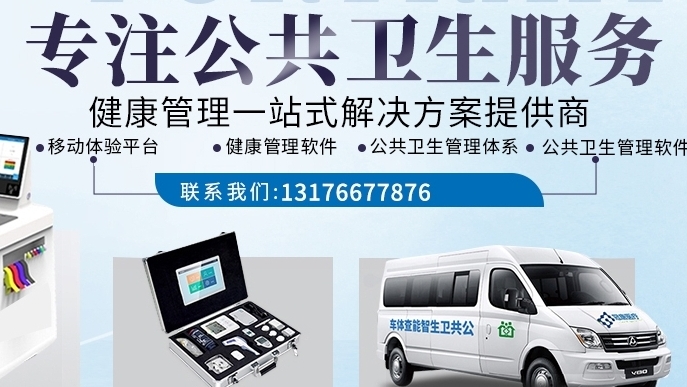
实时监测与预警功能是系统防控风险的 “安全阀”。当患者连续 3 次血压测量值超过 160/100mmHg,或血糖值>13.9mmol/L,系统会自动向主管医生发出预警,触发紧急干预流程(如安排急诊问诊、调整治疗方案)。这种 “防患于未然” 的机制有效减少了并发症发生风险:某区域慢病管理数据显示,使用系统的患者因高血压急症、糖尿病酮症酸中毒等急诊就诊率下降 35%,住院率降低 28%,说明系统通过早期干预避免了病情恶化,真正实现了从 “治已病” 到 “治未病” 的转变。
The real-time monitoring and warning function is the "safety valve" for system risk prevention and control. When the patient's blood pressure measurement exceeds 160/100mmHg for three consecutive times, or the blood glucose level is greater than 13.9mmol/L, the system will automatically issue a warning to the supervising doctor and trigger emergency intervention procedures (such as arranging emergency consultations and adjusting treatment plans). This mechanism of "prevention before it happens" effectively reduces the risk of complications: the data of chronic disease management in a region shows that the emergency visit rate of patients using the system for hypertension emergencies, diabetes ketoacidosis and other emergencies has decreased by 35%, and the hospitalization rate has decreased by 28%, which indicates that the system has avoided the deterioration of the disease through early intervention, and has really realized the transformation from "treating the disease" to "treating the disease before it happens".
患者教育的 “精准滴灌” 是系统提升自我管理能力的关键。传统随访中,健康知识普及往往 “一刀切”,而系统可根据患者年龄、文化程度、病情阶段推送定制化内容:为老年患者发送图文并茂的用药提醒(如 “早晨 7 点,该服降压药了”),为年轻患者提供短视频形式的运动指导(如 “糖尿病患者适合的居家八段锦”)。某社区对使用系统的患者跟踪半年发现,其健康知识知晓率从 55% 提升至 80%,吸烟率、高盐饮食比例分别下降 12% 和 15%,说明系统通过持续、精准的教育渗透,逐步改变了患者的行为习惯,而这正是提升慢性病管理率的底层支撑。
The precise drip irrigation of patient education is the key to improving self-management ability in the system. In the traditional follow-up, health knowledge popularization tends to be "one size fits all", and the system can push customized content according to the patient's age, education level and stage of illness: send medication reminders with pictures and words for elderly patients (such as "it's time to take antihypertensive drugs at 7:00 a.m."), and provide sports guidance in the form of short videos for young patients (such as "eight segments of brocade suitable for diabetes patients at home"). A community tracked patients using the system for six months and found that their awareness of health knowledge increased from 55% to 80%, while the smoking rate and high salt diet decreased by 12% and 15% respectively. This indicates that the system has gradually changed patients' behavior habits through continuous and precise education penetration, which is the underlying support for improving chronic disease management rates.
系统对医疗资源的优化配置也间接提升了管理效率。基层医护人员通过系统批量处理随访任务,将原本需要手工录入、电话沟通的时间压缩 60% 以上,得以将更多精力投入到复杂病例管理;系统还可自动生成随访报告,为区域慢病防控政策制定提供数据支持(如某街道高血脂患者集中,可针对性开展免费筛查活动)。这种 “降本增效” 让优质医疗资源覆盖更广 —— 在医疗资源相对紧张的县域地区,引入系统后,慢性病患者的随访覆盖率从不足 50% 提升至 90% 以上,管理的 “广度” 与 “深度” 同步拓展。
The optimized allocation of medical resources by the system has indirectly improved management efficiency. Grassroots medical staff can use the system to batch process follow-up tasks, reducing the time that originally required manual input and telephone communication by more than 60%, allowing them to devote more energy to complex case management; The system can also automatically generate follow-up reports to provide data support for the formulation of regional chronic disease prevention and control policies (such as targeted free screening activities for high blood lipid patients in a certain street). This "cost reduction and efficiency improvement" approach allows for a wider coverage of high-quality medical resources - in county-level areas where medical resources are relatively scarce, the introduction of the system has increased the follow-up coverage of chronic disease patients from less than 50% to over 90%, and the "breadth" and "depth" of management have expanded synchronously.
本文由慢病随访管理系统友情奉献.更多有关的知识请点击:http://www.guantangyiliao.com我们将会对您提出的疑问进行详细的解答,欢迎您登录网站留言.
This article is a friendly contribution from the occupational disease examination system For more information, please click: http://www.guantangyiliao.com We will provide detailed answers to your questions. You are welcome to log in to our website and leave a message.
